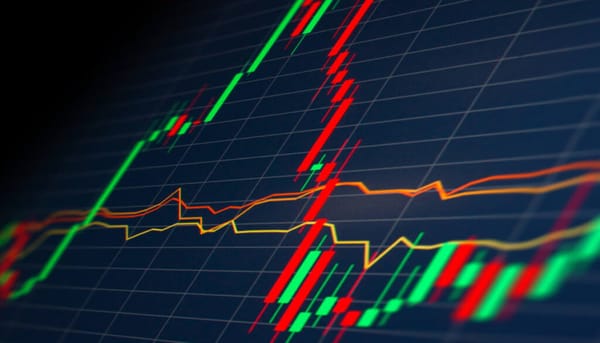
Latvia: Striving for a Competitive Low-carbon Economy
Latvia, a country with less than 2 million people, already has low CO2 emissions (half the OECD average), but they still see room for improvement: last September Latvia’s government pledged its support to the European Climate law, cementing its commitment to more rigorous decarbonization. Latvia will achieve a low-carbon economy that is competitive locally and on a global scale, with regional cooperation in focus.
Latvian lawmakers are evaluating decarbonization’s impacts across economic sectors. While they welcome a shift towards a low carbon economy, they’re behind it only as long as it entails growth and economic opportunities. Sectors at risk in Latvia from decarbonization include chemical/plastics, manufacturing, coal/mining, and transport.
At present, most of Latvia’s electricity generation predominantly comes from natural gas and hydropower, plus a small amount of wind (but no coal-fired generation). Renewable sources are lacking: wind comprises 2% of generation (which is below the OECD average of 8%) and regional solar is thought to be near-zero. According to its National Environment and Climate Plan, Latvia’s renewables target for 2030 is at least 45% in the gross final consumption of energy for 2030.
Meanwhile, both onshore and offshore wind bear great potential in Latvia, but at a recent event called “WindWorks. Powering Latvia’s energy future,” one speaker noted the country was lagging behind on implementation of wind, with only 66Gw of capacity and no new wind farms having been built since 2012, despite the fact that on average a wind turbine generates EUR 10 million in economic activity. Moreover, municipalities and local communities can earn from the proceeds.
However, capacity is set to double by the end of 2022 following an investment in the 59MW Targale windfarm by Danish wind turbine manufacturer Vestas. Once completed, the majority owner of the facility will be the Estonian utility “Utilitas.”
One hurdle for wind power is Latvia’s fragmented approach to land ownership, which makes it difficult to develop large wind farms. One possible solution would be to use state-owned land. Meanwhile, Latvia’s government needs a financing model for solar farm development.
According to an article by Bankwatch Network, most support for such initiatives will come from EU funds in the next seven years. Latvia is poised to receive set up to EUR 1.9 billion from the new EU Recovery and Resilience Facility, but some observers say there are insufficient funds for emissions reductions/improving energy efficiency – and, most notably, no support for district heating.
As more than half (58%) of Latvia’s primary energy consumption is used for heating, one strategy for reducing emissions is to capitalize on making central heating systems (AKA district heating) more efficient and less dependent upon fossil fuels. Biomass is one affordable and secure option (also reducing dependence upon Russian sources of natural gas), but in autumn of 2019, the country saw the inauguration of a solar district heating plant in the town of Salaspils. It was assembled and went online within months and now covers the heating needs of almost an entire municipality of 18,000 people. It cost EUR 7 million, EUR 2.73 of which was co-financed by the EU’s Cohesion Fund.
According to its draft NECP (National Energy and Climate Plan), Latvia seeks to reduce energy imports from 3rd countries by 50% from a 2011 baseline, with mention of Baltic synchronization and the Balticconnector pipeline included. The Commission’s critique of Latvia’s draft urges the country to take better account of the social and economic impacts as part of its transition.
Editor’s note: This is the 3nd part of our coverage of the Baltic countries meeting their “Fit for 55” decarbonization targets. Read the first report, on Lithuania, here.





